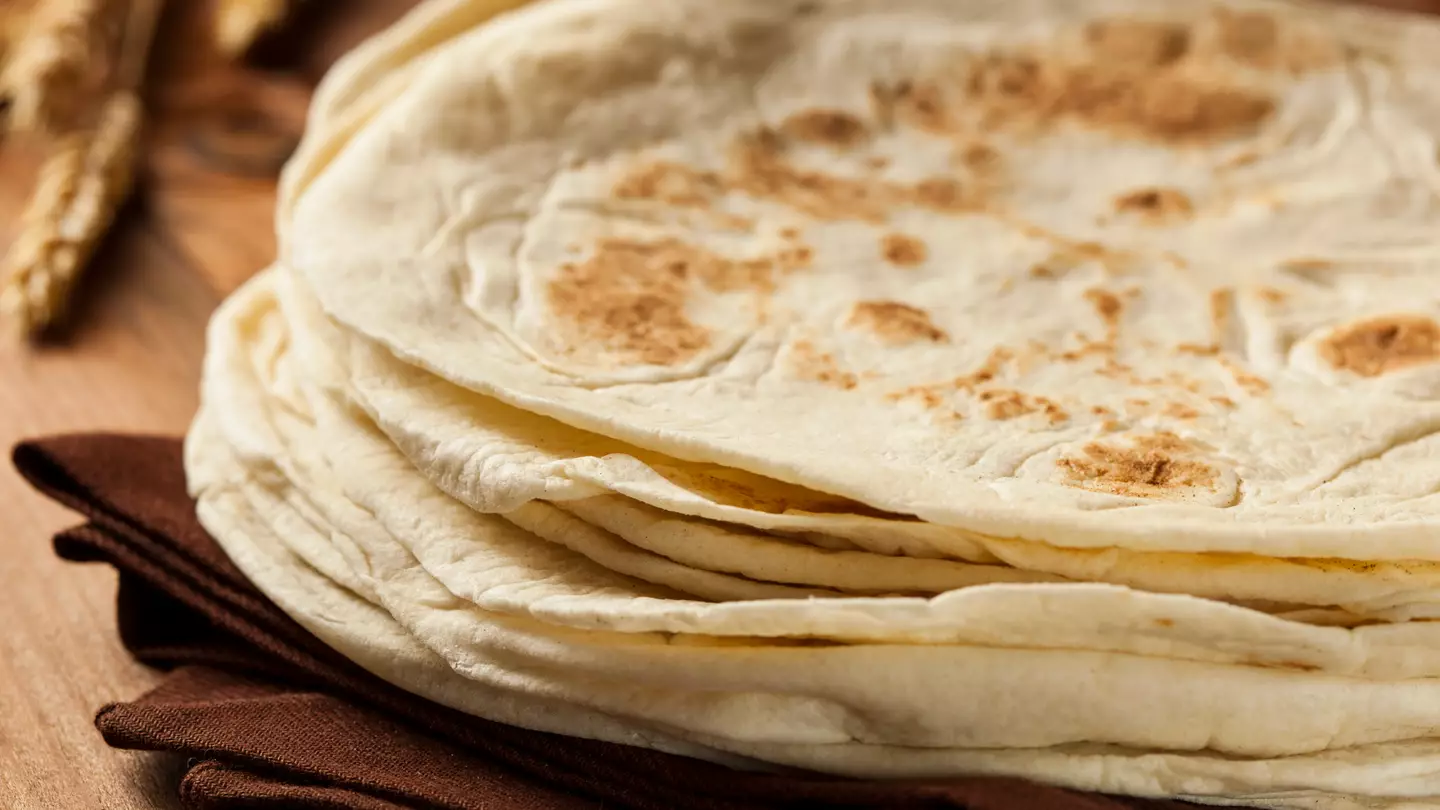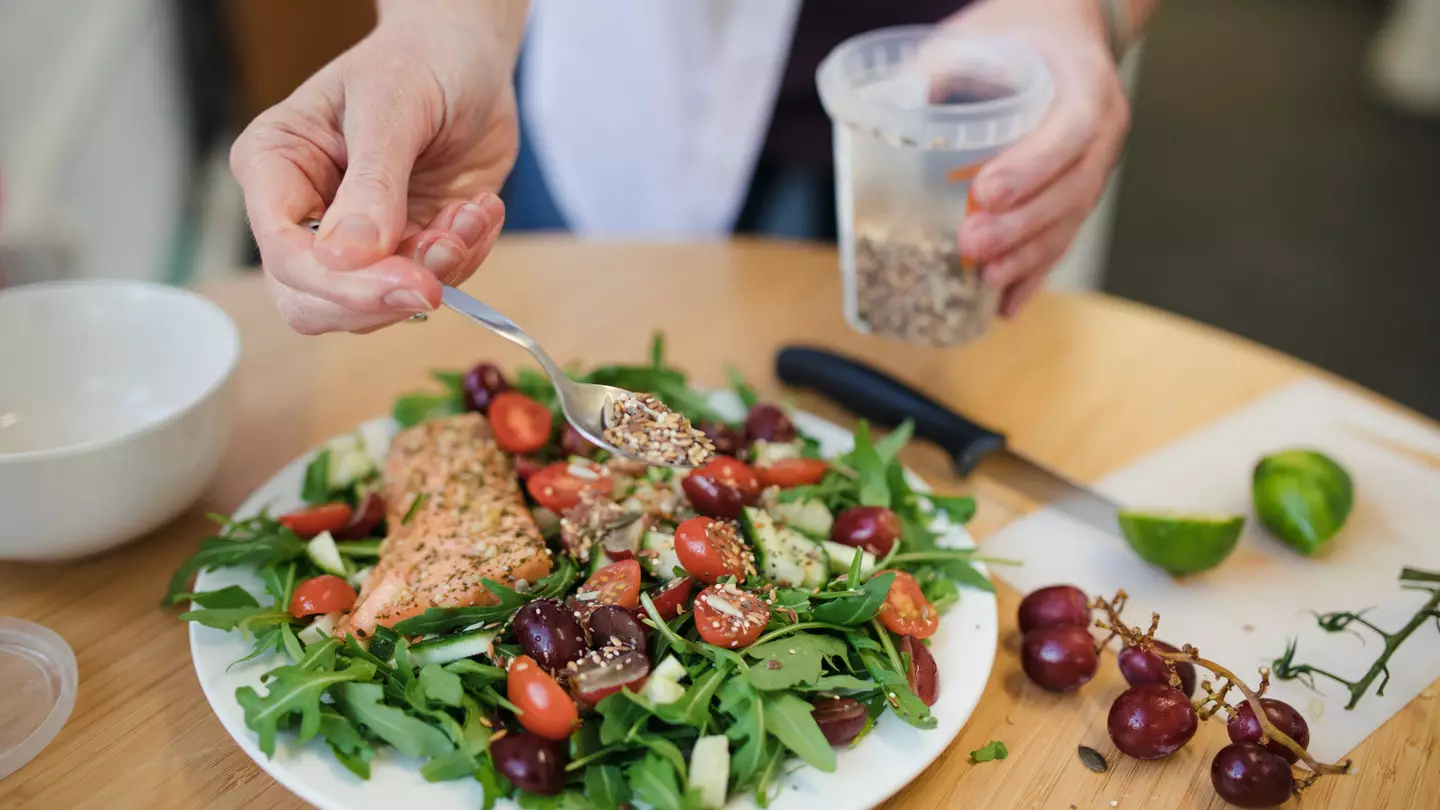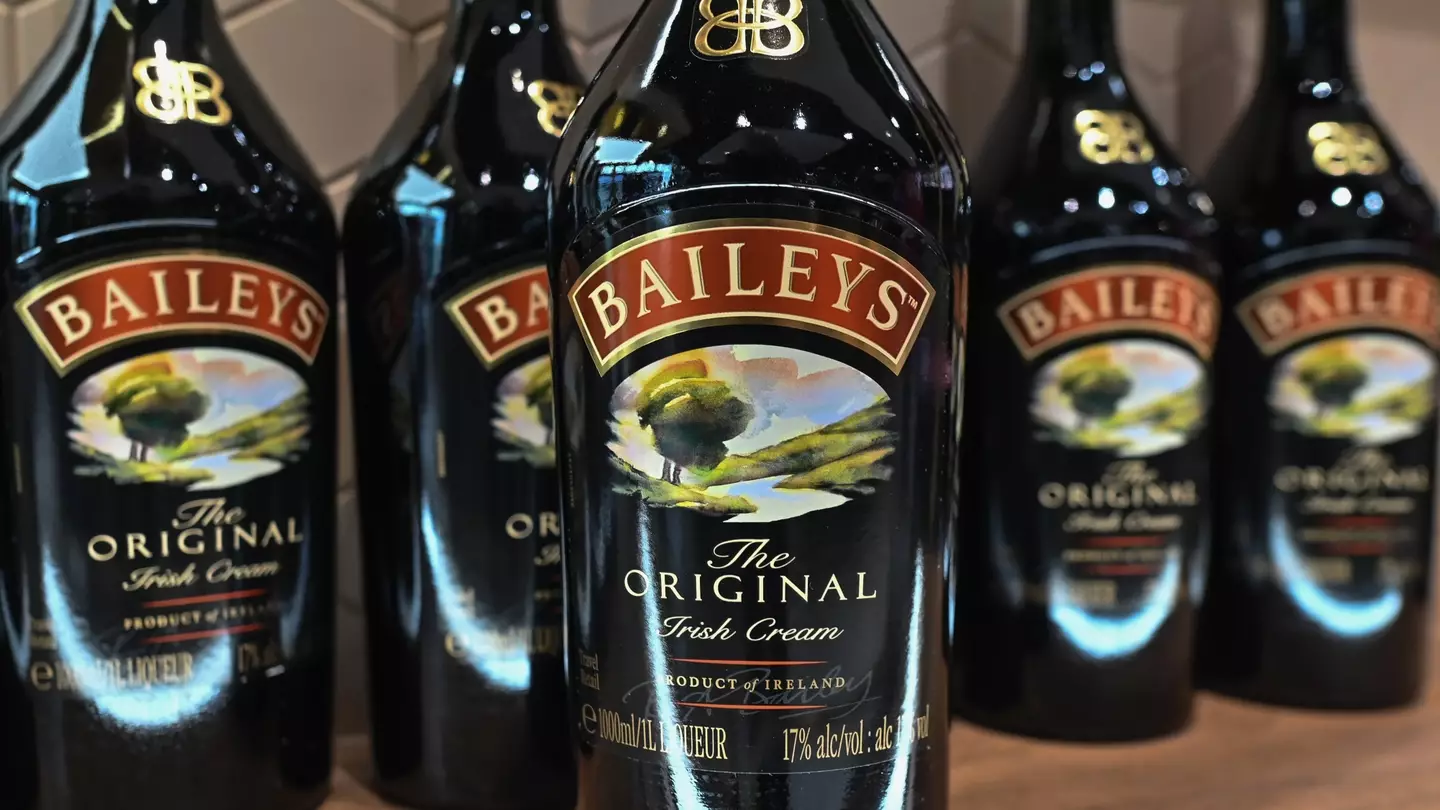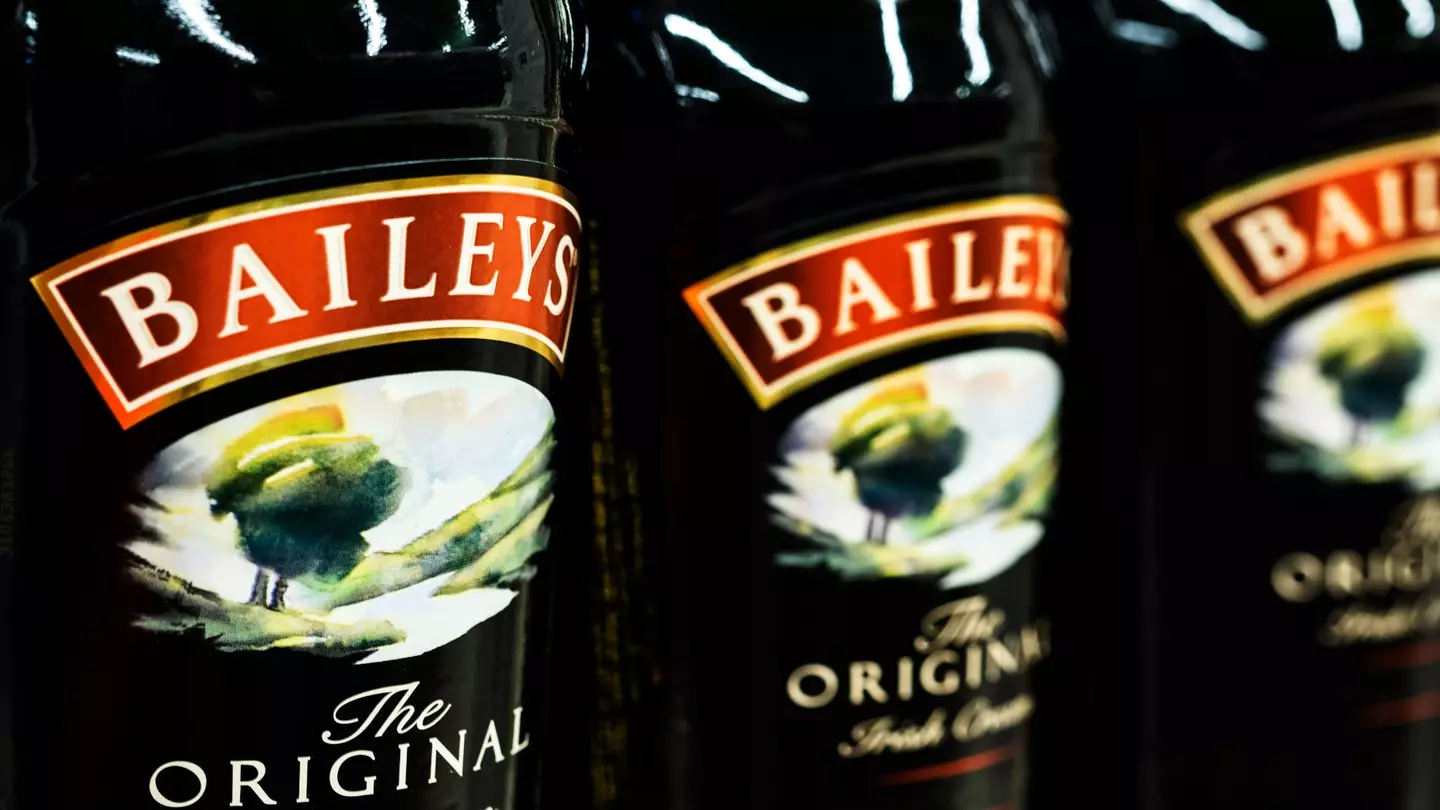.jpg)
Food and Drink
Latest food and drink news, advice, recipes and hacks, including top tips from celebrity chefs, food safety warnings and reviews of all the latest kitchen gadgets.

The lawsuit alleges that the sandwich name and presentation make it 'misleading' to customers

California Governor Gavin Newsom signed the bill in September 2024, but it has only just come into effect

There are a whole bunch of health benefits when it comes to ditching the booze for 31 days

Planning to give Veganuary a go? Here are all the health changes you may notice

A number of experts have outlined the dangers of combining the two addictive substances

Experts have listed exactly what foods are included in the 'Mediterranean diet’s colder-climate cousin'

You may think some of these are healthy options...

Pigs in blankets describe sausages wrapped in bacon and roasted in the oven

Bill Marler knows all too well the potentially fatal effects of consuming salad gone bad

Mulled wine is warmed and seasoned with spices like cinnamon, cloves and star anise, as well as citrus fruits and a sweetener
.jpg)
If you've had one too many this Christmas, you'll want to try this cure

The Prince of Wales brought 12-year-old son Prince George to volunteer with workers at the South London charity, The Passage

The Glinda the Good Witch actress shared her thoughts on the bizarre item with Seth Meyers on Late Night yesterday (18 December)

Social media has been left scratching its collective head over these symbols

You might want to think twice before you get tipsy this Christmas

The NHS has issued a warning over the other drugs you really don't want to mix with this particular beverage

This Irish glass of goodness is an absolute favourite Xmas drink, but you need to be wary

A woman left Reddit in uproar after posting a picture in the run-up to Christmas

Don't let your festivities get ruined

Quitting your vape can feel strange at first, and here’s why

The festive favourite many households are cooking the wrong way this year
Aaron Arman revealed why Christmas could be a risky time for those who use jabs for weight loss

Meg Scott lost six stone when she switched diets
.jpg)
Experts have given their advice for people dealing with the annoying issue


